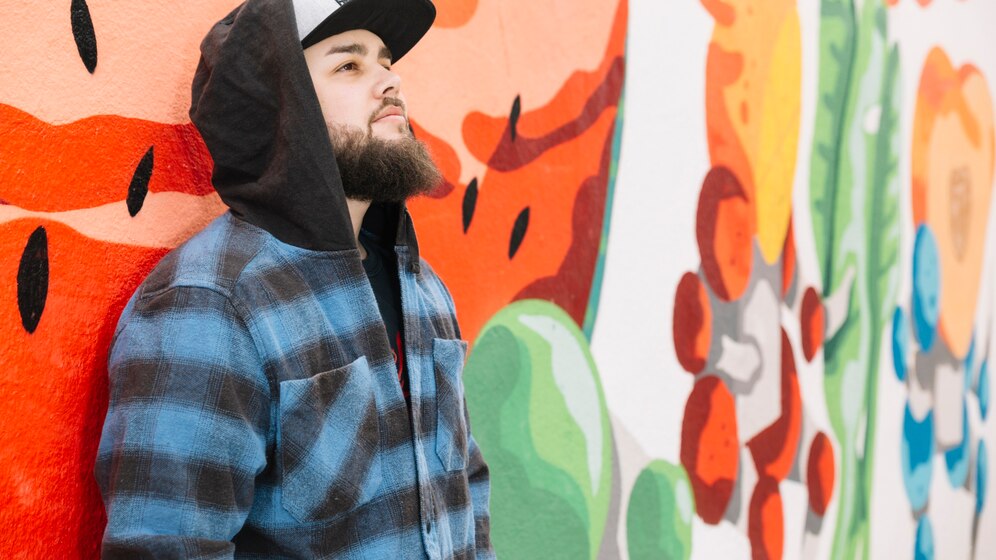
Introduction
Street art, a vibrant and dynamic art form, has been revolutionizing urban landscapes and societal dynamics worldwide. Born from the streets, this movement has transformed the way we interact with our surroundings, think about creativity, and perceive art. From the early days of graffiti to the current wave of murals and street installations, street art has come a long way, reflecting the ever-changing social, economic, and cultural contexts of our times.
As we explore the rise of street art and its impact on modern culture, we will embark on a fascinating journey through the world of urban art, delving into its history, key figures, notable movements, and the ways in which it has influenced contemporary society. Along the way, we will uncover the stories behind the art, the artists, and the communities that have shaped this transformative movement.
A Brief History of Street Art
Street art has its roots in the early 20th century, when graffiti emerged as a form of urban expression in cities like New York and Philadelphia. However, it wasn’t until the 1970s and 1980s that street art began to gain widespread recognition, with the rise of hip-hop culture and the advent of spray paint.
One of the pioneers of street art was Taki 183, a Greek-American artist who began tagging subway trains in New York City in the 1970s. His work inspired a generation of artists, including Jean-Michel Basquiat, Keith Haring, and Kenny Scharf, who would go on to become some of the most influential figures of the street art movement.
The Rise of Murals and Street Installations
In recent years, street art has evolved significantly, with the proliferation of murals and street installations. These large-scale works of art have become a staple of urban landscapes, transforming buildings, bridges, and public spaces into dynamic canvases.
One of the most notable examples of this shift is the Street Art Festival in Melbourne, Australia, which has been running for over 20 years. The festival has featured some of the world’s leading street artists, including Anthony Lister, David Booth, and Rone, who have created breathtaking murals on buildings, bridges, and even a massive mural on the side of a shopping mall.
The Impact of Street Art on Modern Culture
Street art has had a profound impact on modern culture, influencing everything from fashion to music to architecture. Here are just a few examples:
- Fashion: Street art has inspired a fashion revolution, with brands like Supreme, Stussy, and Fragment collaborating with street artists to create limited-edition prints and designs.
- Music: Street art has influenced the music industry, with musicians like Jay-Z, Kanye West, and Kendrick Lamar incorporating street art-inspired visuals into their music videos and live performances.
- Architecture: Street art has transformed public spaces, with architects incorporating street art into building design and urban planning.
The Power of Street Art to Shape Community Dynamics
Street art has the power to shape community dynamics, fostering a sense of identity, pride, and belonging among residents.
In the city of Detroit, for example, street art has played a crucial role in revitalizing neighborhoods, transforming abandoned buildings into vibrant murals and galleries.
“The power of street art lies in its ability to bring people together, to create a sense of community and shared experience,” says artist and activist, Shepard Fairey.”Street art is not just about making a statement; it’s about creating a movement, a way of life.”
Overcoming Obstacles and Challenges
Street art is not without its challenges, facing opposition from authorities, property owners, and local residents who may view it as vandalism.
However, artists have found ways to overcome these obstacles, using social media, online platforms, and community outreach programs to build support and raise awareness about their work.
Notable Street Artists and Their Contributions
Here are just a few of the many street artists who have made significant contributions to the movement:
- Banksy: This anonymous British artist is renowned for his stencils and murals that critique politics, capitalism, and consumerism.
- KAWS: This American artist has created iconic designs for brands like Supreme and Nike, while also producing large-scale murals and sculptures.
- Invader: This French artist has created a vast array of mosaics and street art installations, often incorporating elements of French culture and history.
Conclusion
The rise of street art has transformed urban landscapes and societal dynamics, inspiring a new generation of artists, activists, and community leaders.
As we look to the future, it’s essential to recognize the power of street art to shape community dynamics, inspire creativity, and promote social change.
Whether you’re an artist, a local resident, or simply a fan of street art, we hope this article has given you a deeper appreciation for this transformative movement and its enduring impact on modern culture.
